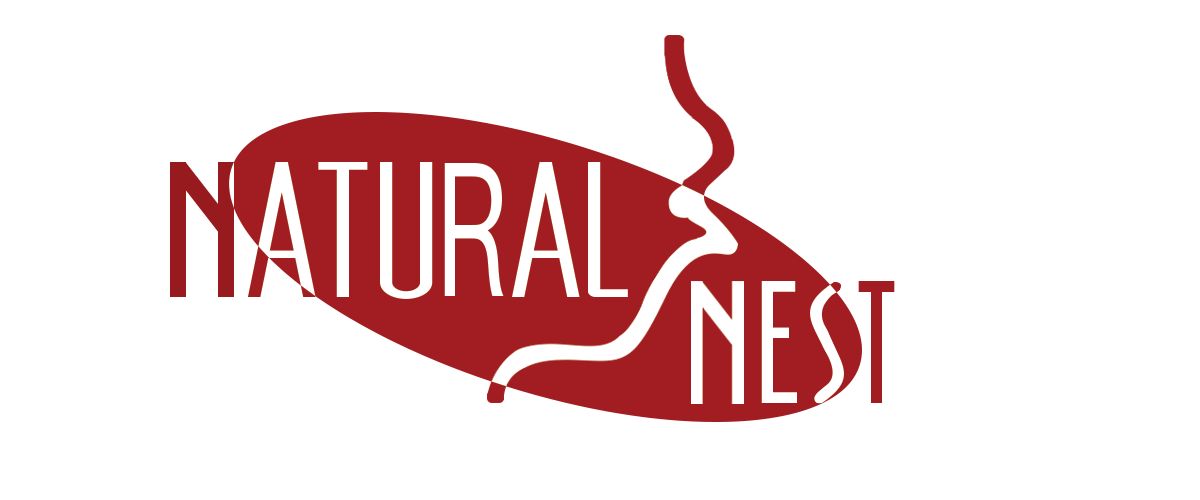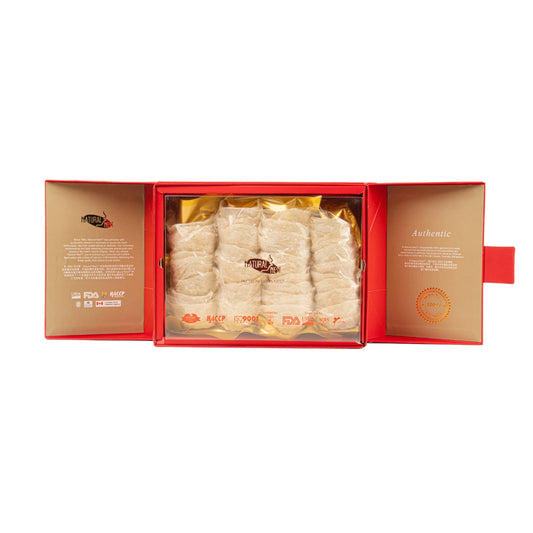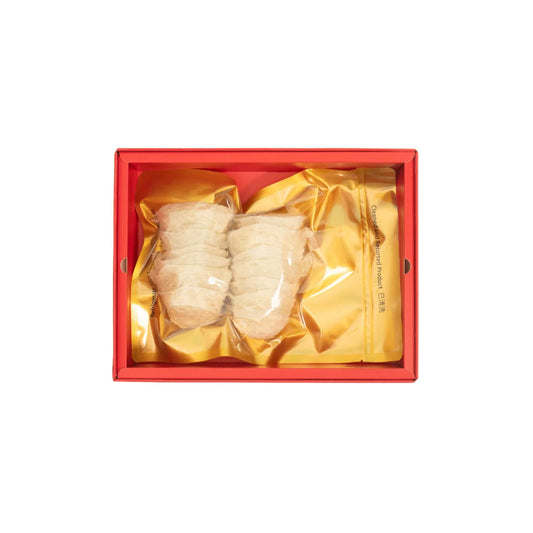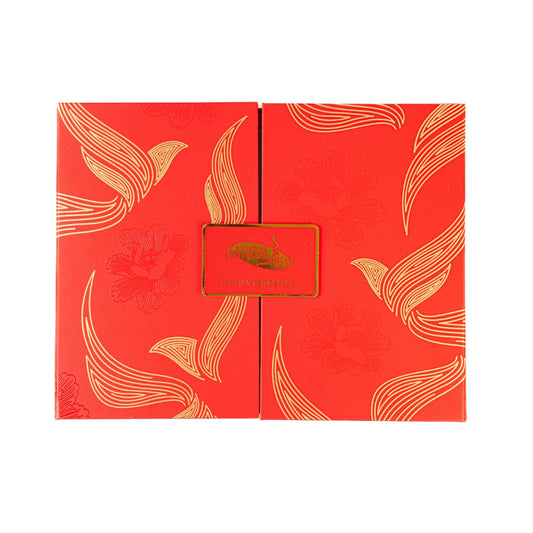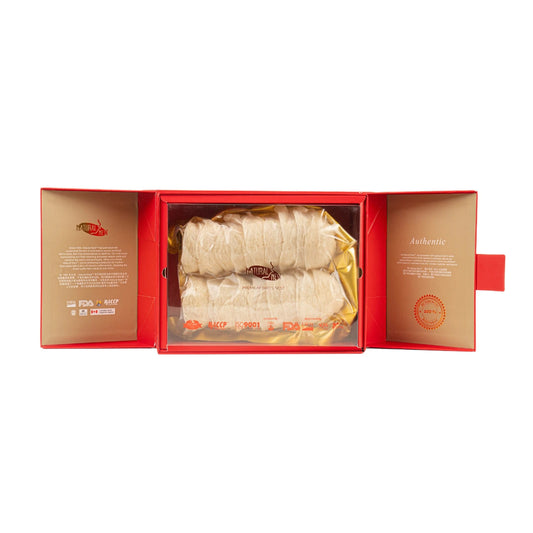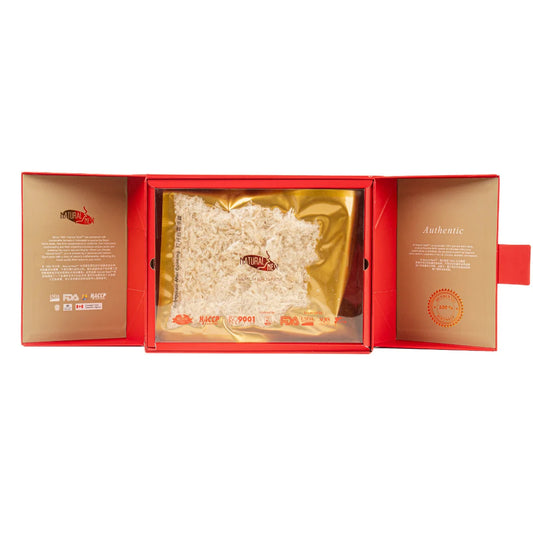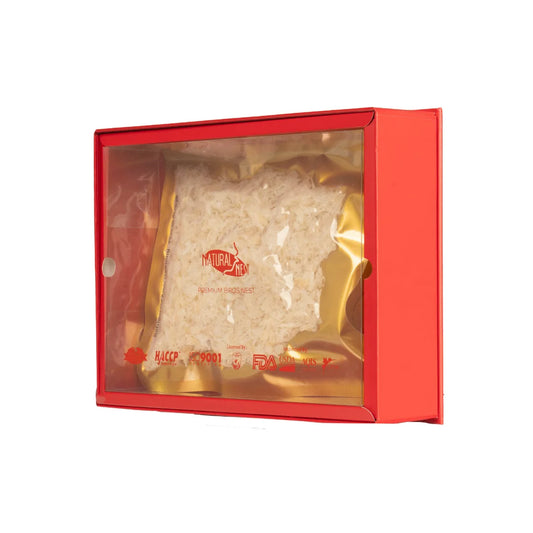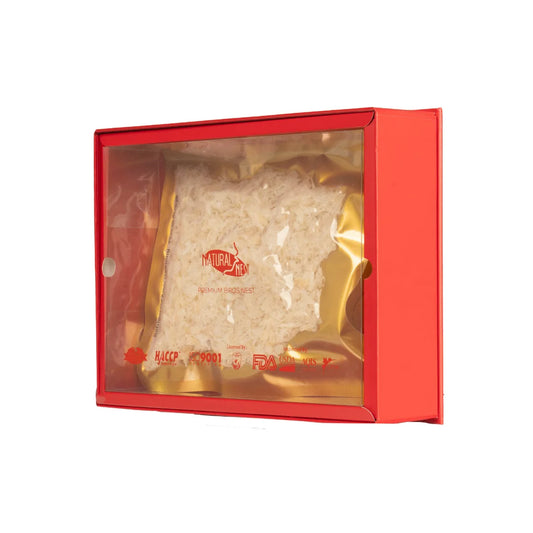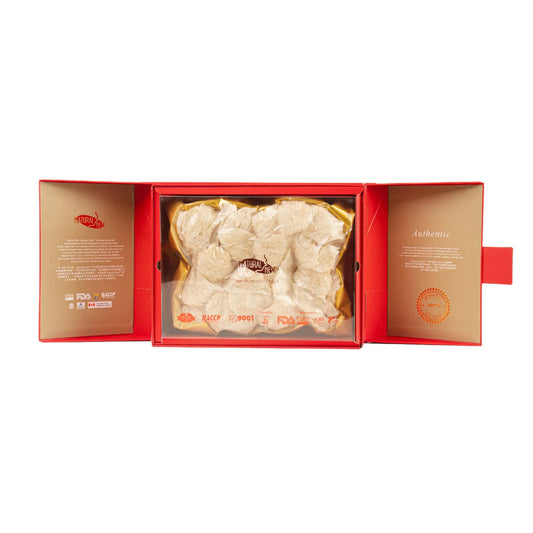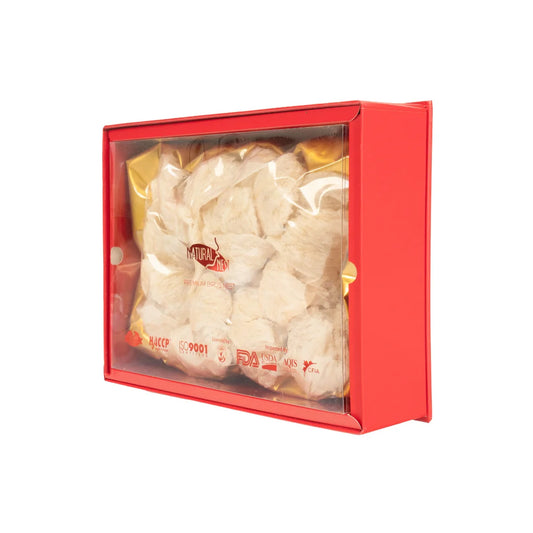Swallow bird nest, a delicacy prized for its unique texture and anti-ageing health benefits, boasts a fascinating history over a thousand years. This natural wonder herb, created from the saliva of swiftlets, has been a part of Chinese cuisine and traditional medicine since the Tang Dynasty (618-907 AD).
The discovery of edible bird's nests is shrouded in legend. One popular tale attributes its discovery to the famous Chinese explorer Zheng He during his maritime expeditions in the 15th century. However, historical records suggest that the use of bird's nests dates back much earlier, possibly to the 7th century.
Initially, swallowbird nests were exclusively reserved for Chinese emperors and the elite. The nests were believed to have incredible rejuvenating properties, earning them the nickname "Caviar of the East." The imperial kitchen of the Ming Dynasty (1368-1644) was particularly fond of bird's nest soup, considering it a symbol of wealth, power, and prestige.
As trade routes expanded during the Song Dynasty (960-1279), swallowbird nests became valuable. Traders risked their lives to collect these nests from dangerous coastal caves in Southeast Asia, particularly in areas now part of Indonesia, Malaysia, and Thailand. The crazy nature of the nest collection added to the mystique and value of this ingredient.
The medicinal use of swallow bird nests also has deep roots in Traditional Chinese Medicine (TCM). TCM practitioners believed that the nests could boost the immune system, enhance skin quality, and promote longevity. These beliefs persisted through centuries, contributing to the sustained demand for bird's nests.
In the 18th and 19th centuries, as Western explorers and traders came into contact with Asian cultures, they became fascinated by bird’s nest soup. However, many Westerners initially misunderstood the nests’ nature, believing them to be made from seaweed or fish.
The 20th century saw significant changes in the bird's nest industry. Commercial farming of swiftlets began with increased demand and improved access to nesting sites. Purpose-built "swiftlet houses" were constructed to encourage birds to nest in more accessible locations, making harvest easier and more sustainable.
In recent decades, scientific interest in swallow bird nests has grown. Researchers have begun to study the nutritional composition and potential health benefits of bird's nests, providing some scientific basis for traditional claims. This has led to a resurgence in popularity, with bird's nest products now available in various forms beyond the traditional soup.
Today, the swallow bird nest industry is a multi-million dollar business, with China being the largest consumer. Despite modern farming methods, wild bird's nests, particularly those from specific regions, still command premium prices. The industry now faces new challenges, including sustainability concerns and the need for quality control in a global market.
From imperial delicacy to modern superfood, the history of swallow bird nest reflects centuries of cultural exchange, traditional wisdom, and evolving attitudes towards health and luxury foods. As research continues, this ancient ingredient may reveal more secrets, ensuring its place in culinary and health traditions for years to come.
